Life Events Checklist for DSM-5 (LEC-5)
Assess your patient's mental health with the Life Events Checklist for DSM-5 (LEC-5). Download a free PDF and example to get started.


What is a Life Events Checklist for DSM-5 (LEC-5)?
Experiencing different life events has a significant impact on how we view ourselves, those around us, and our physical well-being. Depending on what kind of lens you look through these events with, the same situation could lead to either great accomplishment or profound distress.
To help clinicians identify and assess life events that may impact a patient’s mental health, the National Center for PTSD developed the (LEC-5). The LEC-5 is a tool designed to supplement clinical interviews and provide additional insight into how a person’s life events may have affected them.
The LEC-5 provides a list of key life events that have been found to impact mental health and can help clinicians identify areas of concern before further assessment. It is handy for the diagnosis of post-traumatic stress disorder (PTSD), as it focuses on identifying traumatic life events and the impact they may have had.
Life Events Checklist for DSM-5 (LEC-5) Template
Life Events Checklist for DSM-5 (LEC-5) Example
How does this Life Events Checklist work?
This free Life Events Checklist for DSM-5 (LEC-5) includes 17 key life events to screen for potentially traumatic events in the patient's life. You can follow the steps below to get started with the template:
Step One: Download the LEC-5 form
Get a copy of the Life Events Checklist worksheet using the link provided on this page. You can also download it from the Carepatron app or our resources library.
Step Two: Provide your patient with a copy
Hand a copy of the Life Events Checklist to your patient. Explain how it works and what type of information you need.
Step Three: Patient completes the LEC-5
Ask your patient to answer all questions on the checklist. Tell them to rate each life event on the form. Give them as much time as they need to review each item thoroughly.
Step Four: Review the answers
Read through the checklist and look for any life events that may have had a negative impact on the patient’s mental health.
Step Five: Follow up with a clinical assessment
Based on the information provided on the LEC-5, you can follow up with a clinical assessment to determine whether or not your patient may have PTSD or other mental health issues.
When to use these Life Events questionnaires?
You can administer the Life Events Checklist for DSM-5 (LEC-5) to your patients at any point in the assessment process. This tool can help you better understand how life events may have affected the patient’s mental health. You can also use this evaluation if or when:
You want to gain additional insight into a patient’s experiences
The LEC-5 can provide additional insight into the patient’s experiences that may not be revealed during an initial clinical assessment. It can also help you better understand how life events may impact the patient’s mental health.
Your patient has a history of traumatic experiences
If your patient has a history of traumatic experiences, the Life Events Checklist can help you identify those events that may have affected their current condition. It can help you create a more targeted assessment and treatment plan to address those issues.
You suspect your patient may be suffering from PTSD
The LEC-5 can be a helpful screening tool for PTSD. It can help identify traumatic events that may have triggered the disorder and provide you with additional information to support a diagnosis.
You want to identify potential stressors
The LEC-5 can help you determine potential stressors in your patient’s life. It can provide information about key life events that may affect their mental health, like job loss, divorce, or the death of a loved one.
Who is this Life Events Checklist PDF for?
This Life Events Checklist PDF is for mental health professionals who want to provide their patients with a comprehensive assessment. It’s also useful for:
- Therapists
- Psychiatrists
- Psychologists
- Counselors
- Social workers
- Nurses
- Other mental health-allied professionals
However, note that the LEC-5 should only be used as a screening tool and should NOT replace a full clinical assessment. Following up with further questions and clinical assessments is essential to fully understand your patient’s mental health condition.

Benefits of free Life Event Checklist for DSM-5 (LEC-5)
The Life Events Checklists are a valuable tool for mental health practitioners. They can be used to help identify life events that may have harmed a patient’s mental health. Here are some of its other benefits:
It's a quick and easy way to assess your patient
The LEC-5 is simple to administer and can provide valuable insight into a patient’s experiences. It can help you identify potential triggers and stressors and provide a more comprehensive understanding of the patient’s mental health status.
It's objective
The Life Events Checklist is based on a validated and reliable research tool, making it an objective way to identify traumatic events that may have impacted your patient.
It can help you provide more targeted treatment
The LEC-5 can help you identify specific life events that may have affected your patient's mental health and life. You can then create more personalized treatment plans to address those issues.
It helps patients feel heard
The LEC-5 can be a helpful way to let patients know you care about their experiences and are taking their mental health seriously. By assessing life events, you show you are invested in their recovery and well-being.
It helps patients identify stressors in their lives
The Life Events Checklist can help patients identify which events may contribute to their mental health issues. It can help them understand why they may be feeling a certain way and provide guidance on potential coping strategies.
Reference
Weathers, F. W., Blake, D. D., Schnurr, P. P., Kaloupek, D. G., Marx, B. P., & Keane, T. M. (2013). The Life Events Checklist for DSM-5 (LEC-5) – Standard. [Measurement instrument]. Available from https://www.ptsd.va.gov
Commonly asked questions
Interpreting the results of the Life Events Checklist can be tricky, as it's not necessarily a diagnostic tool but instead is used to gather data on potential triggers and stressors in a patient’s life.
Once you have the results, speaking with the patient is crucial to better understanding the events and their impact on their lives. As a mental health professional, it is up to you to assess the patient's mental health status and take appropriate action.
The Life Events Checklist assesses potential stressors and triggers in a patient’s life. It gathers information about key life events (job loss, divorce, death of a loved one, etc.) that may impact the patient’s mental health.
The LEC-5 doesn't have a formal scoring protocol. Instead, it gathers data and provides helpful insight into the patient’s life experiences.


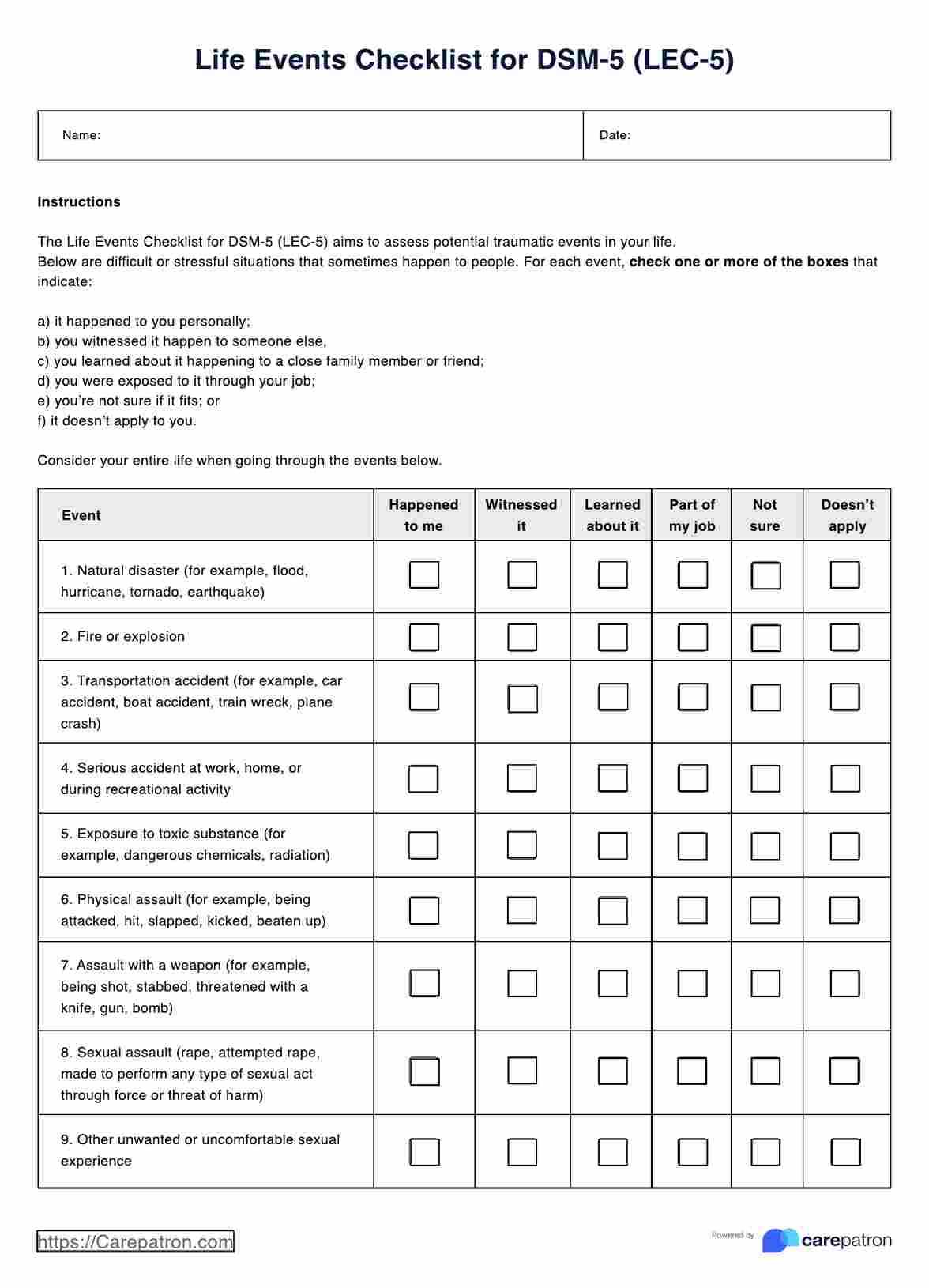
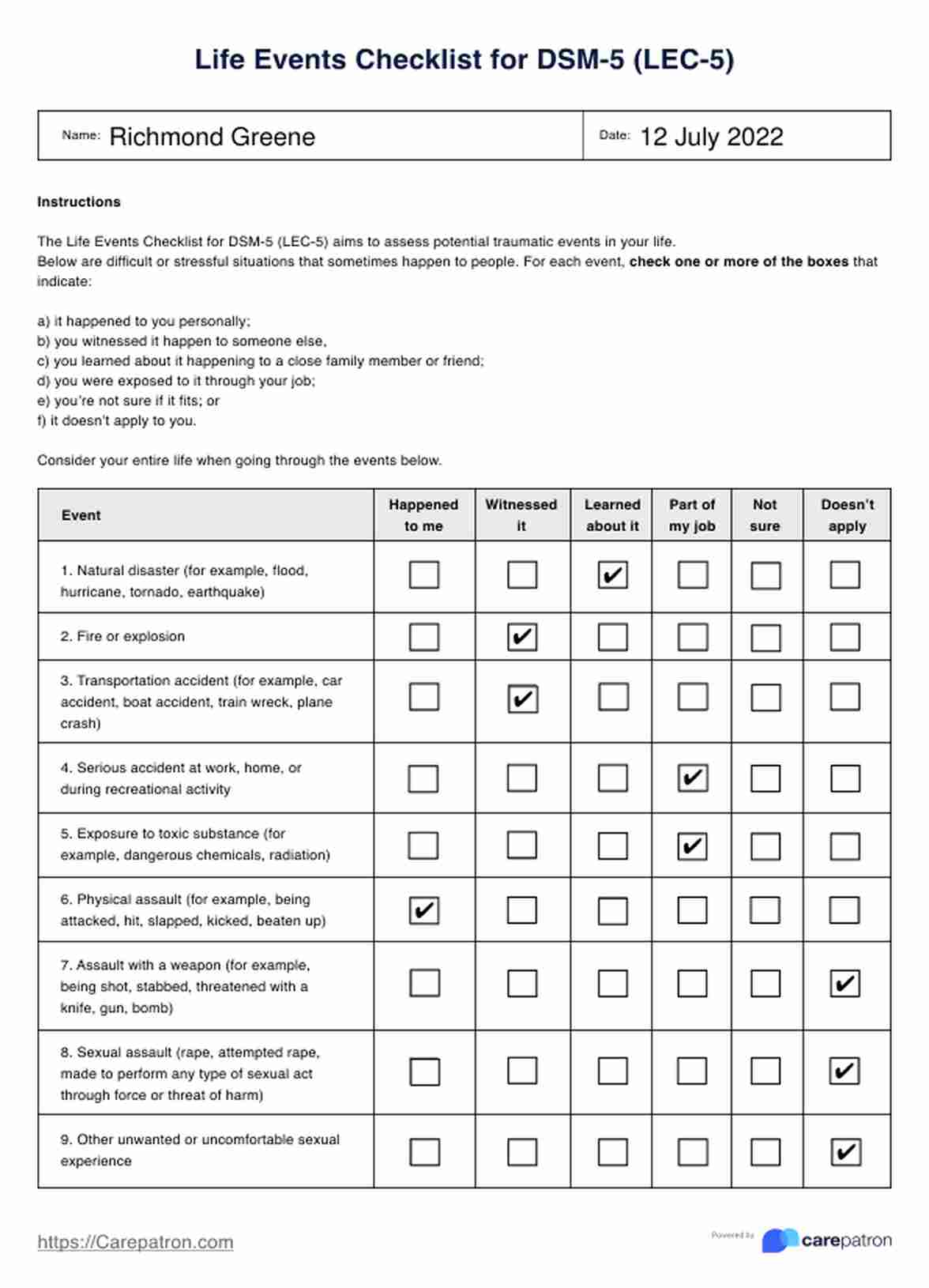

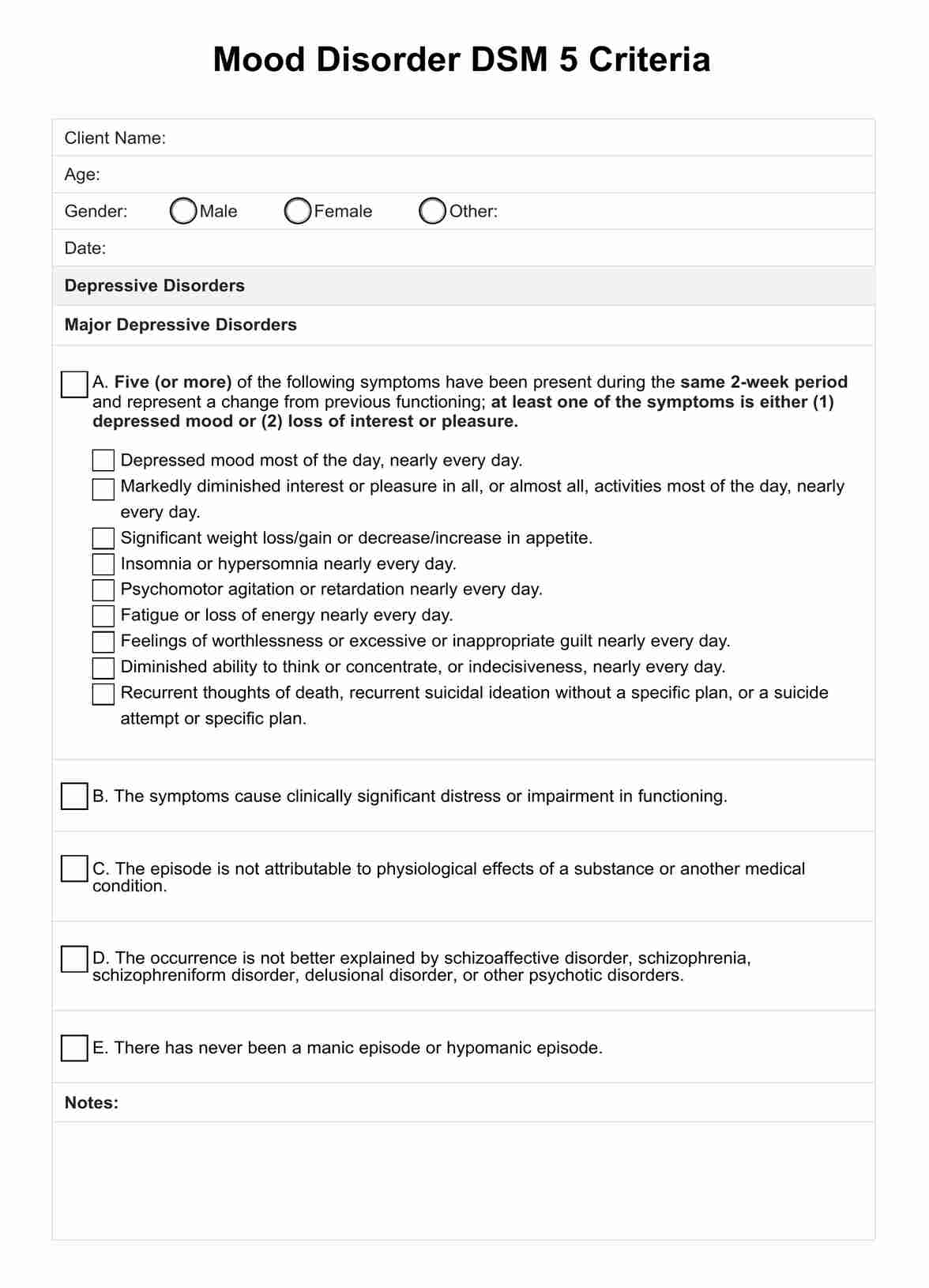
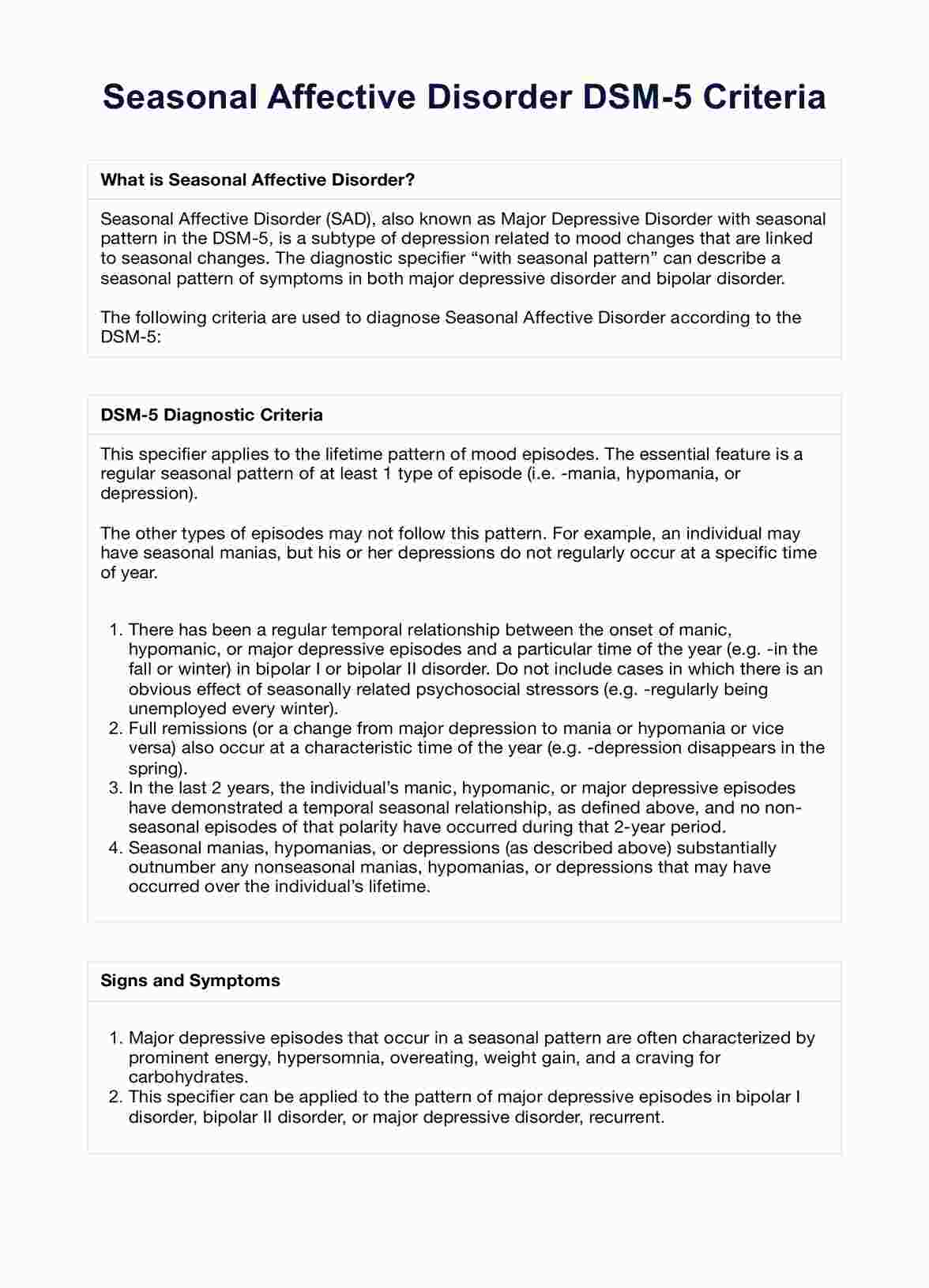
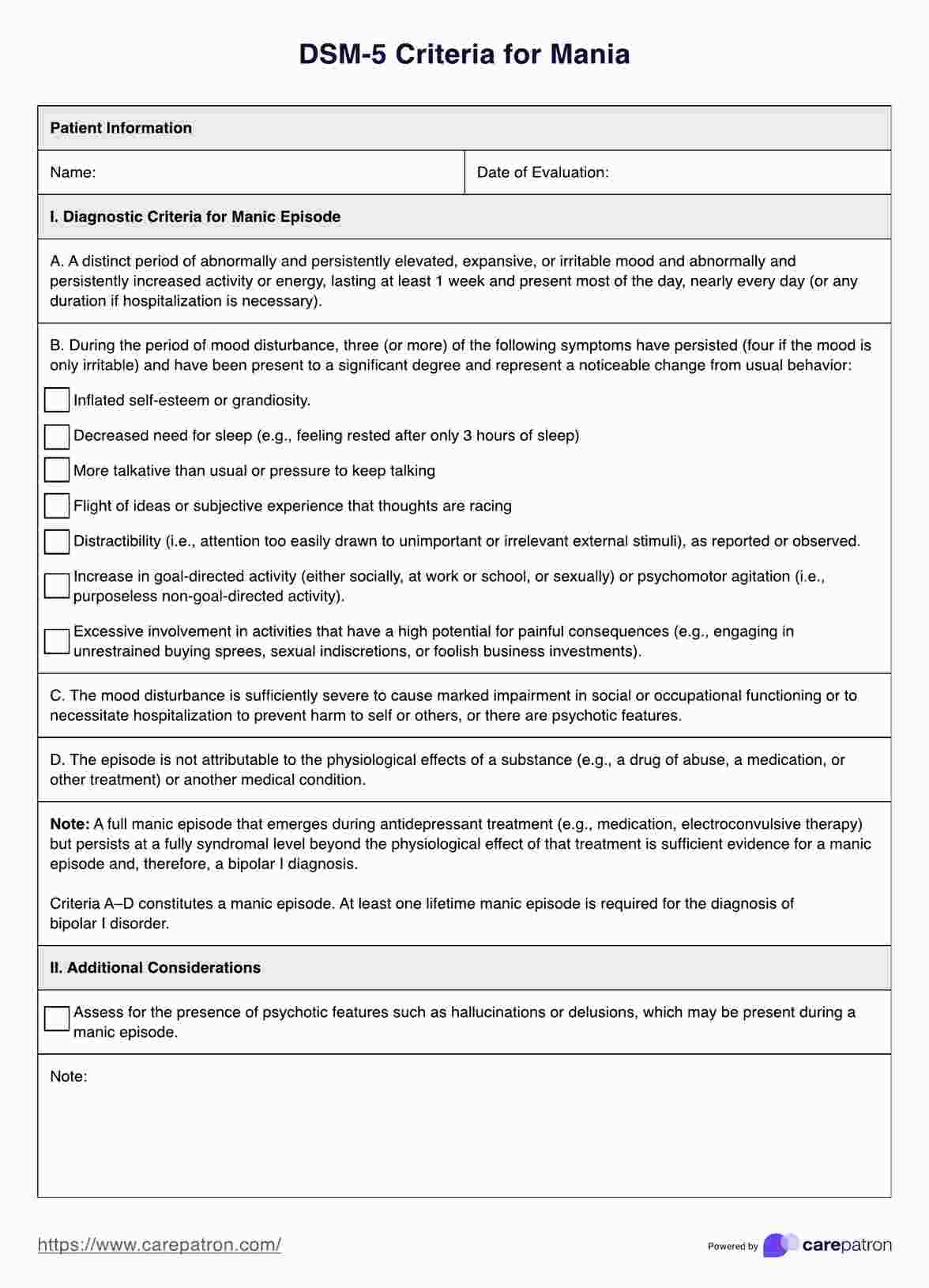
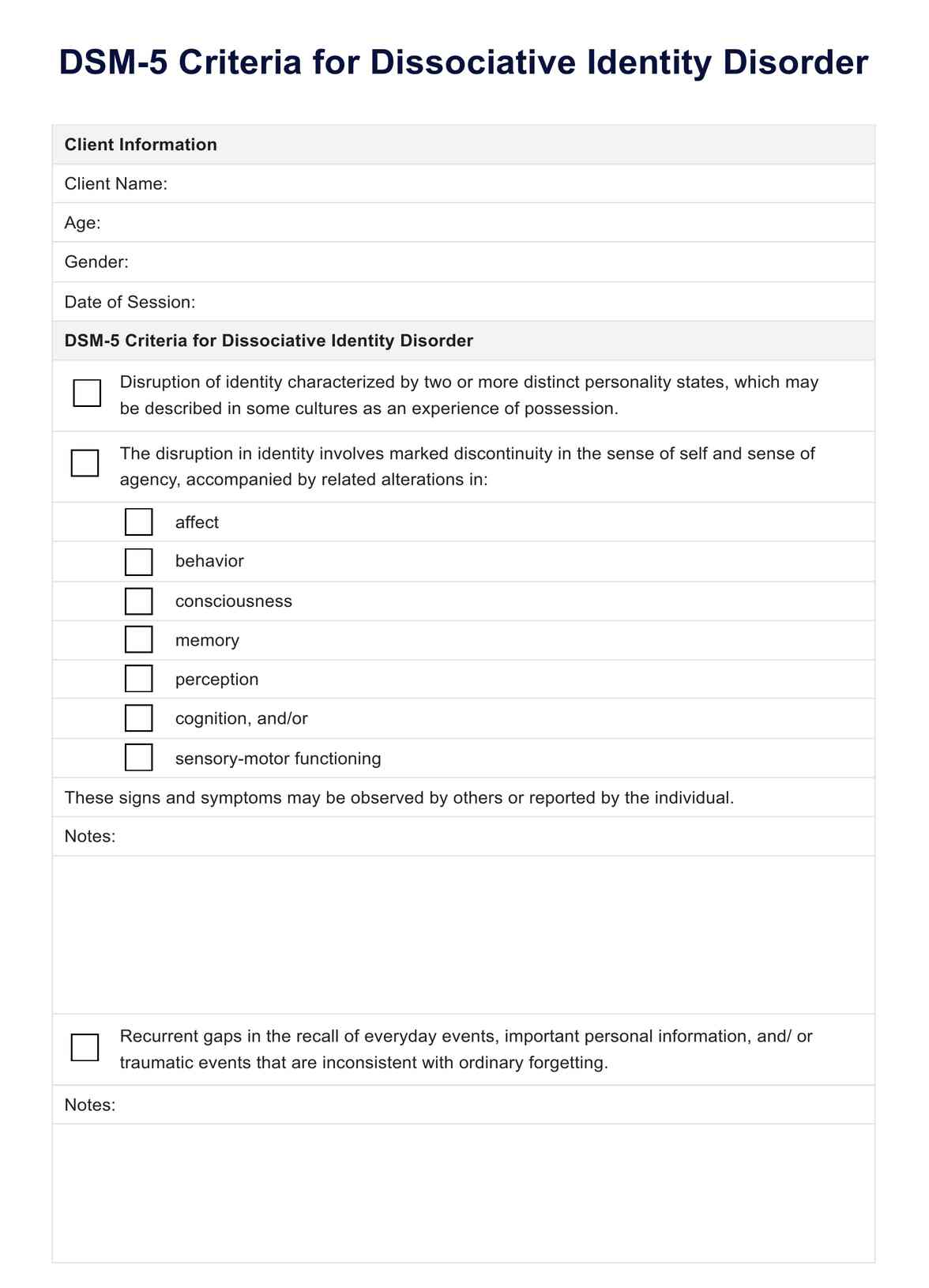
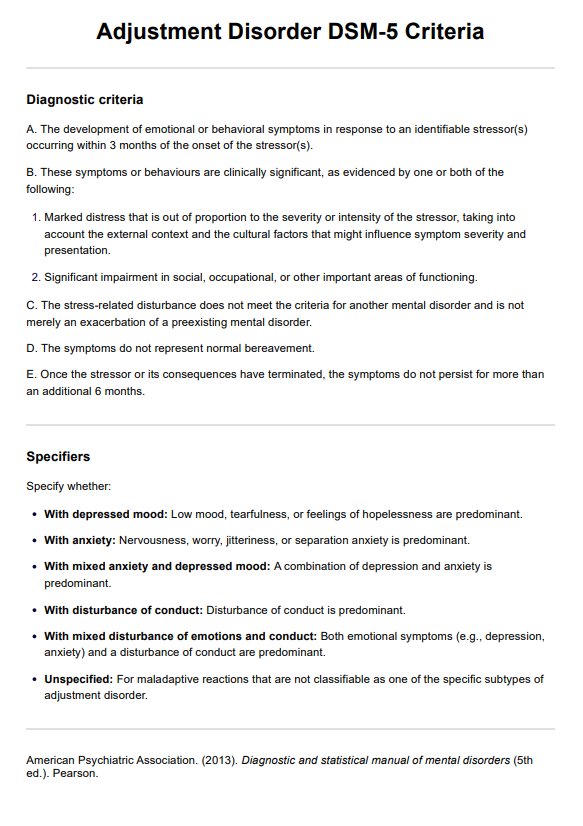
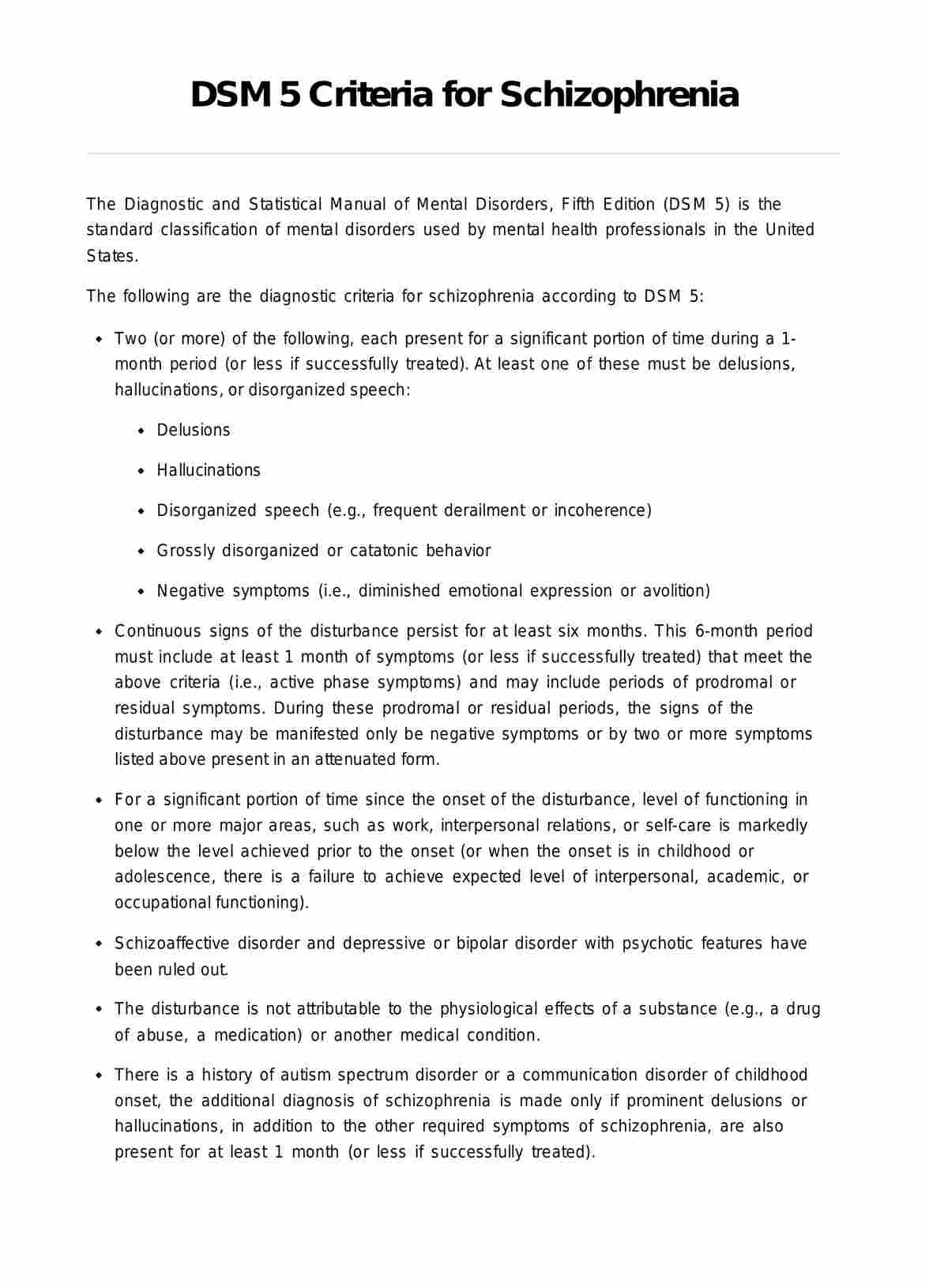
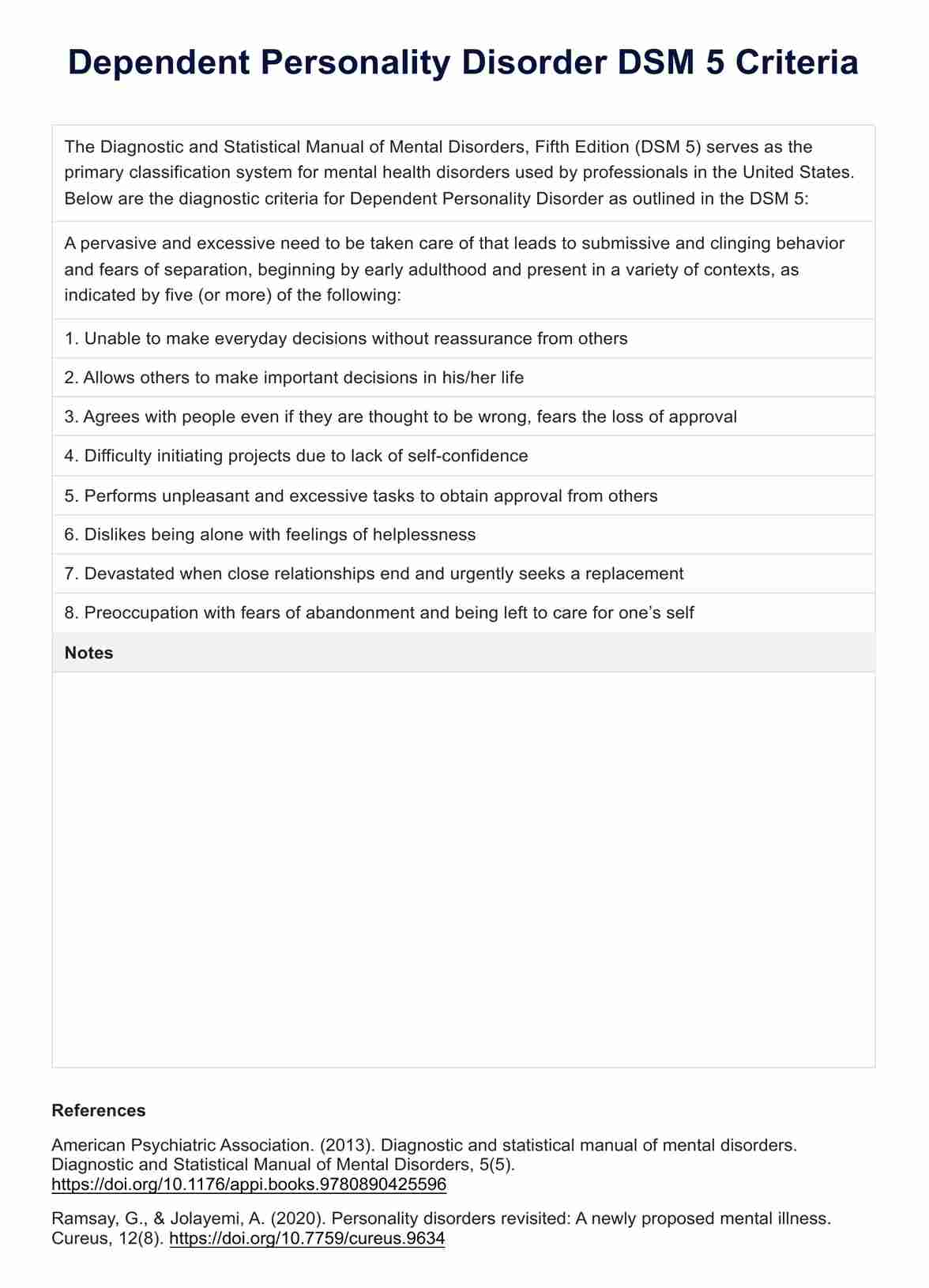
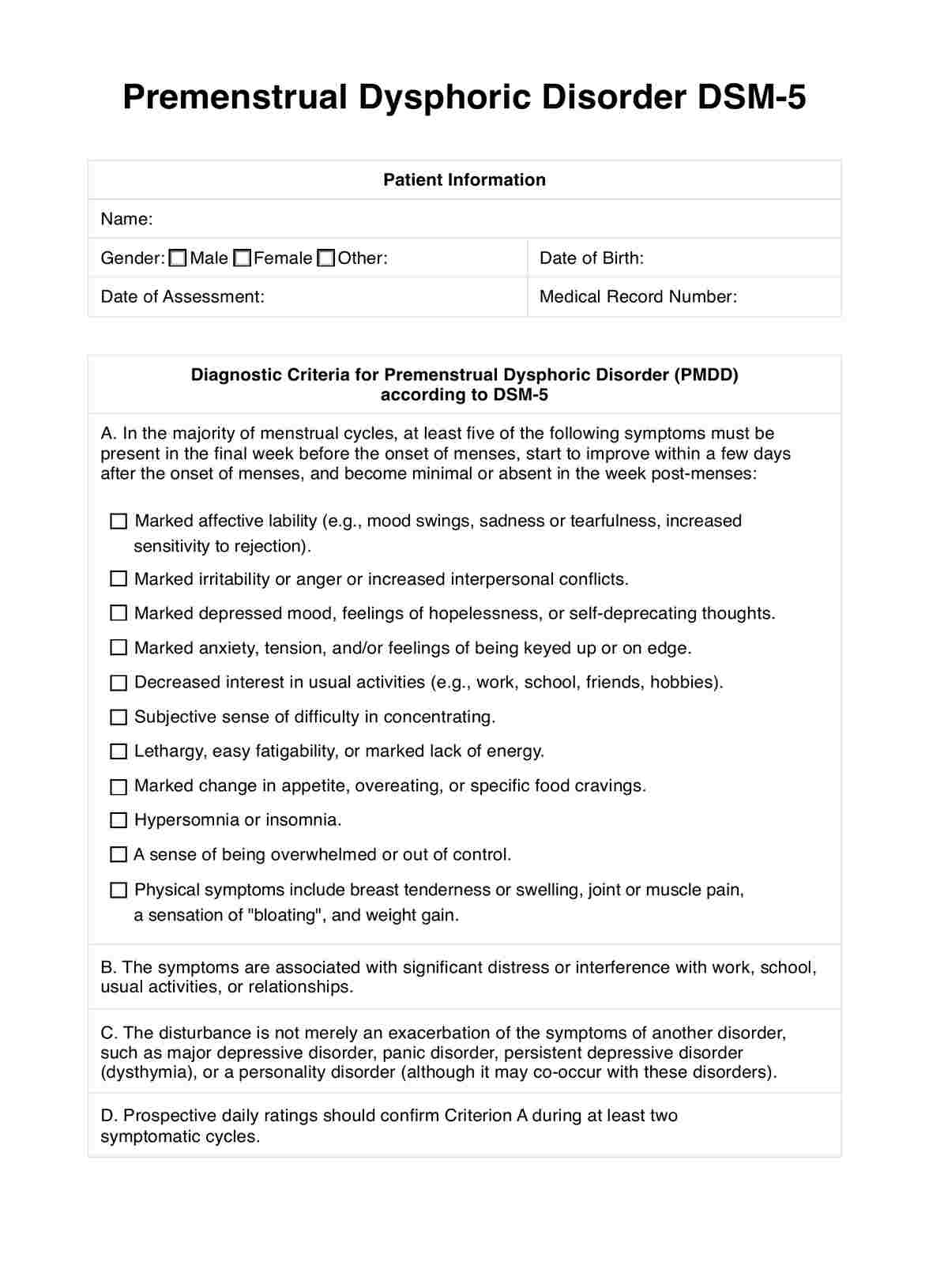
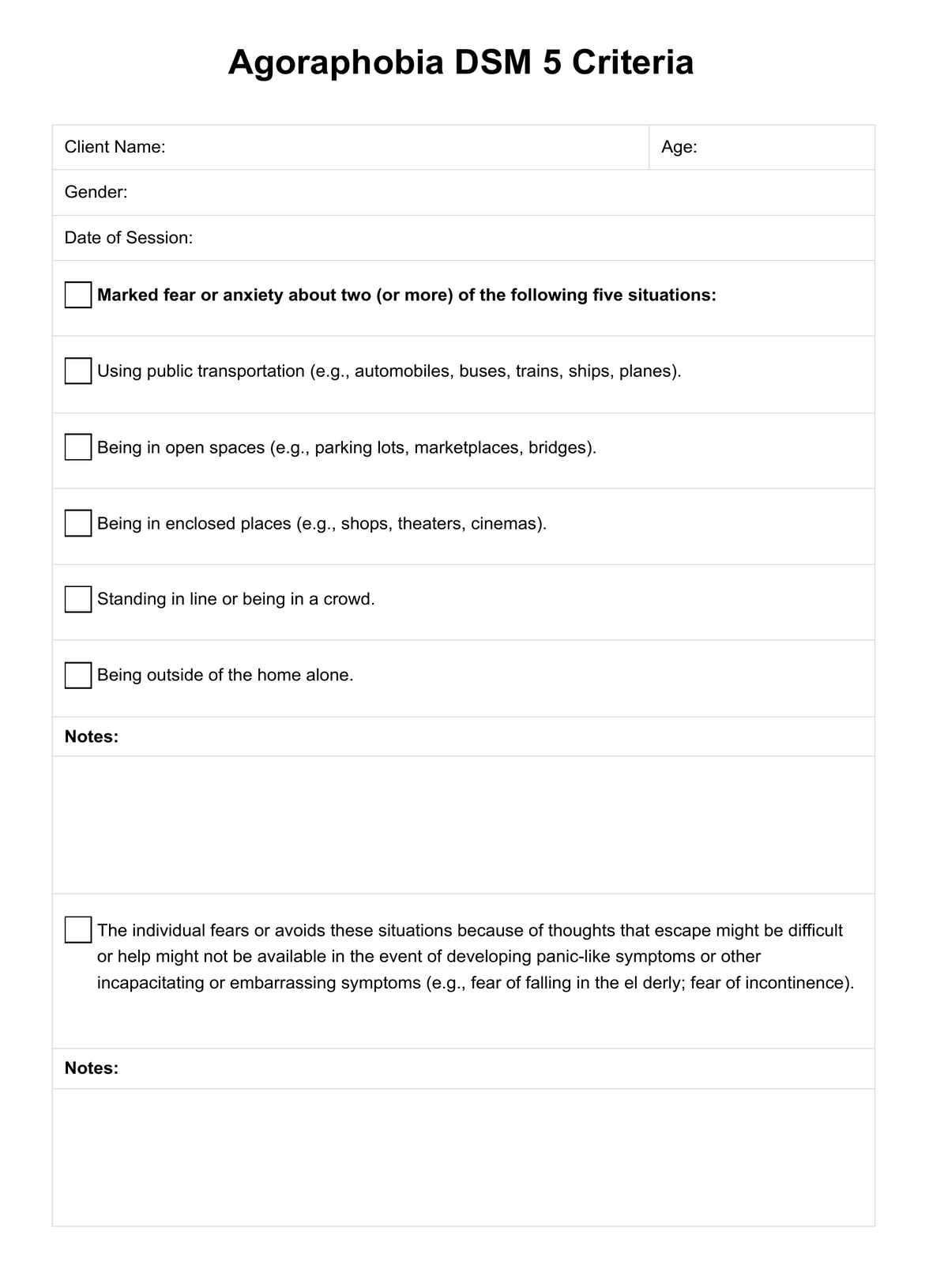
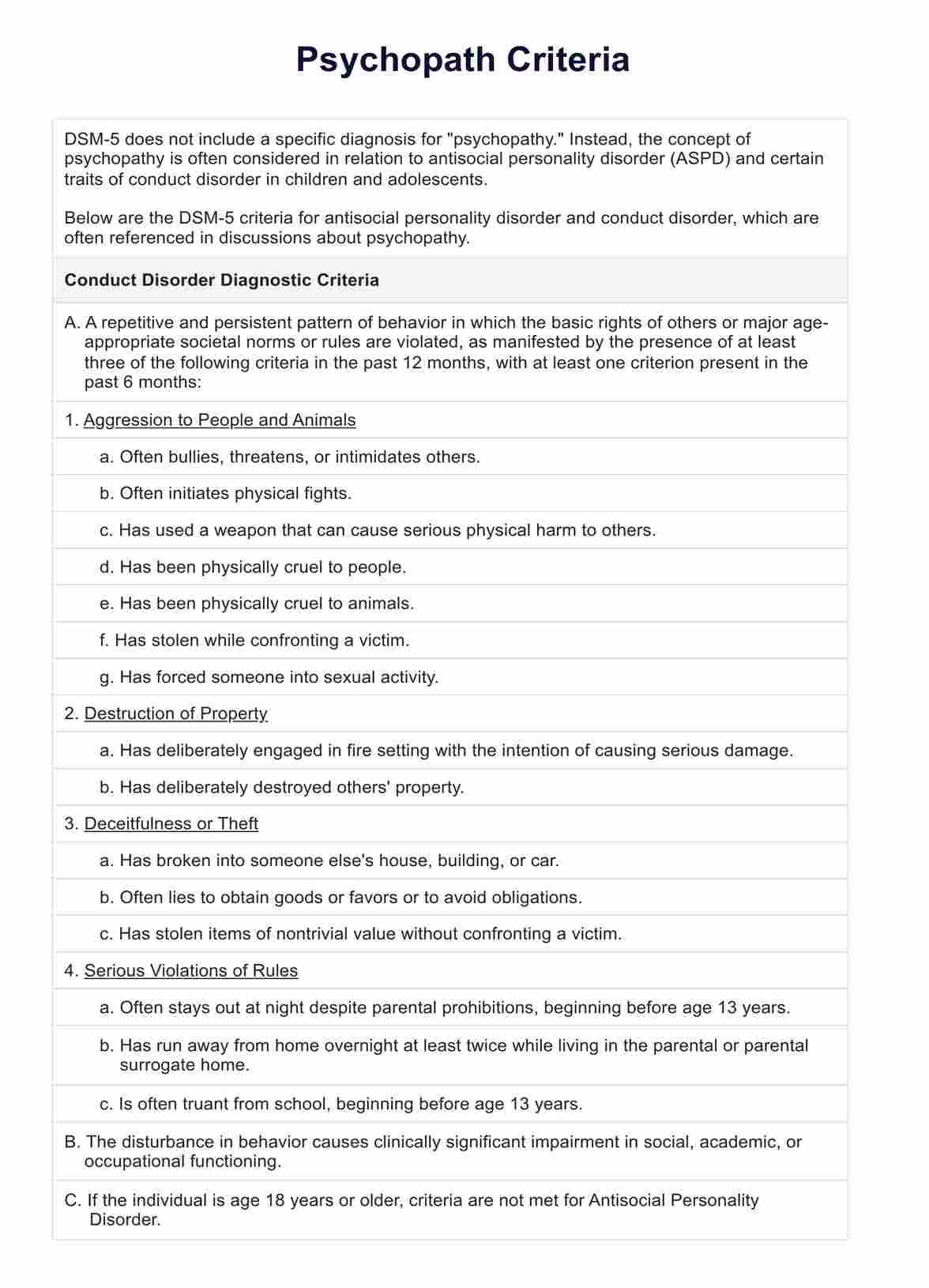
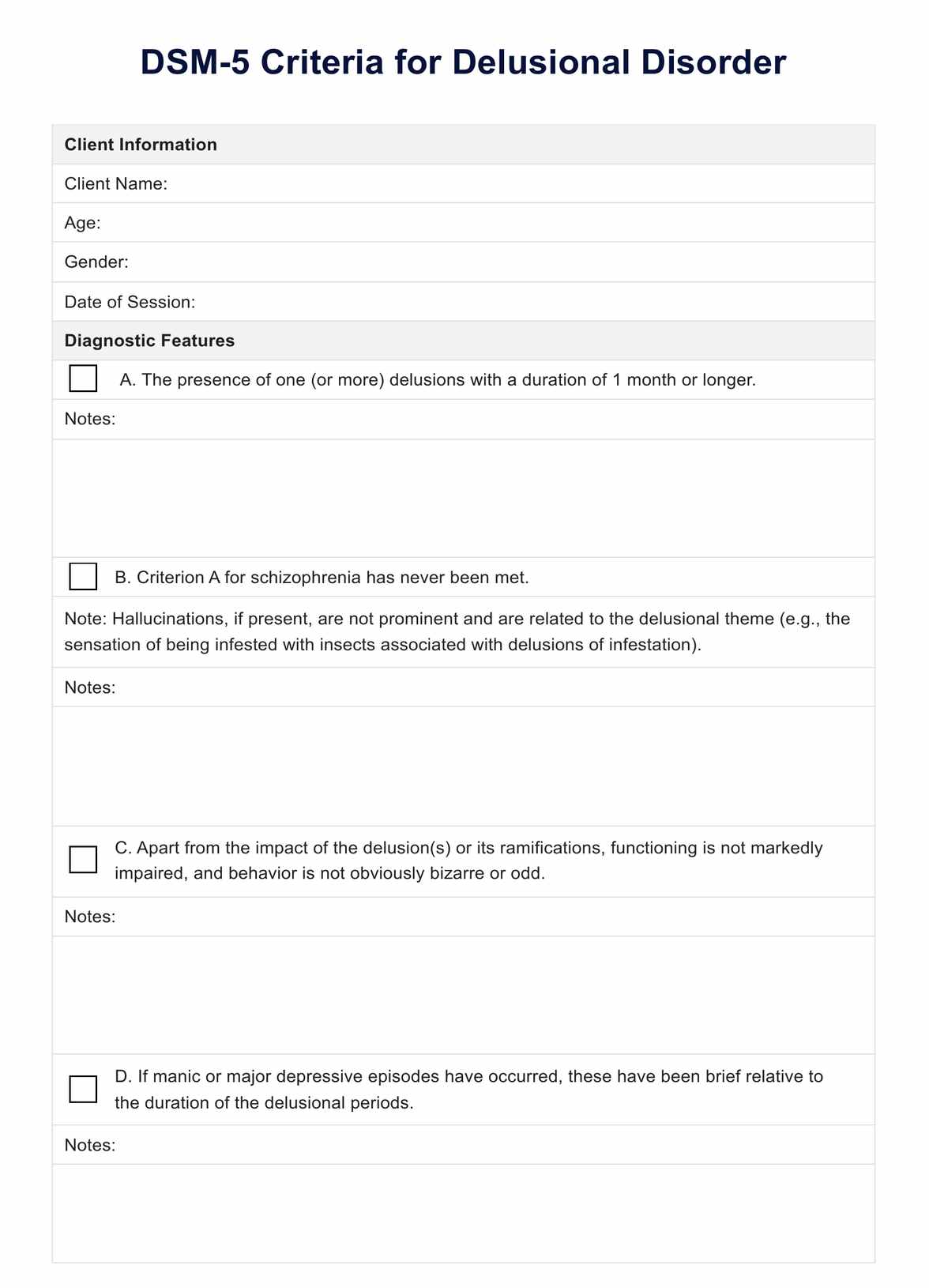
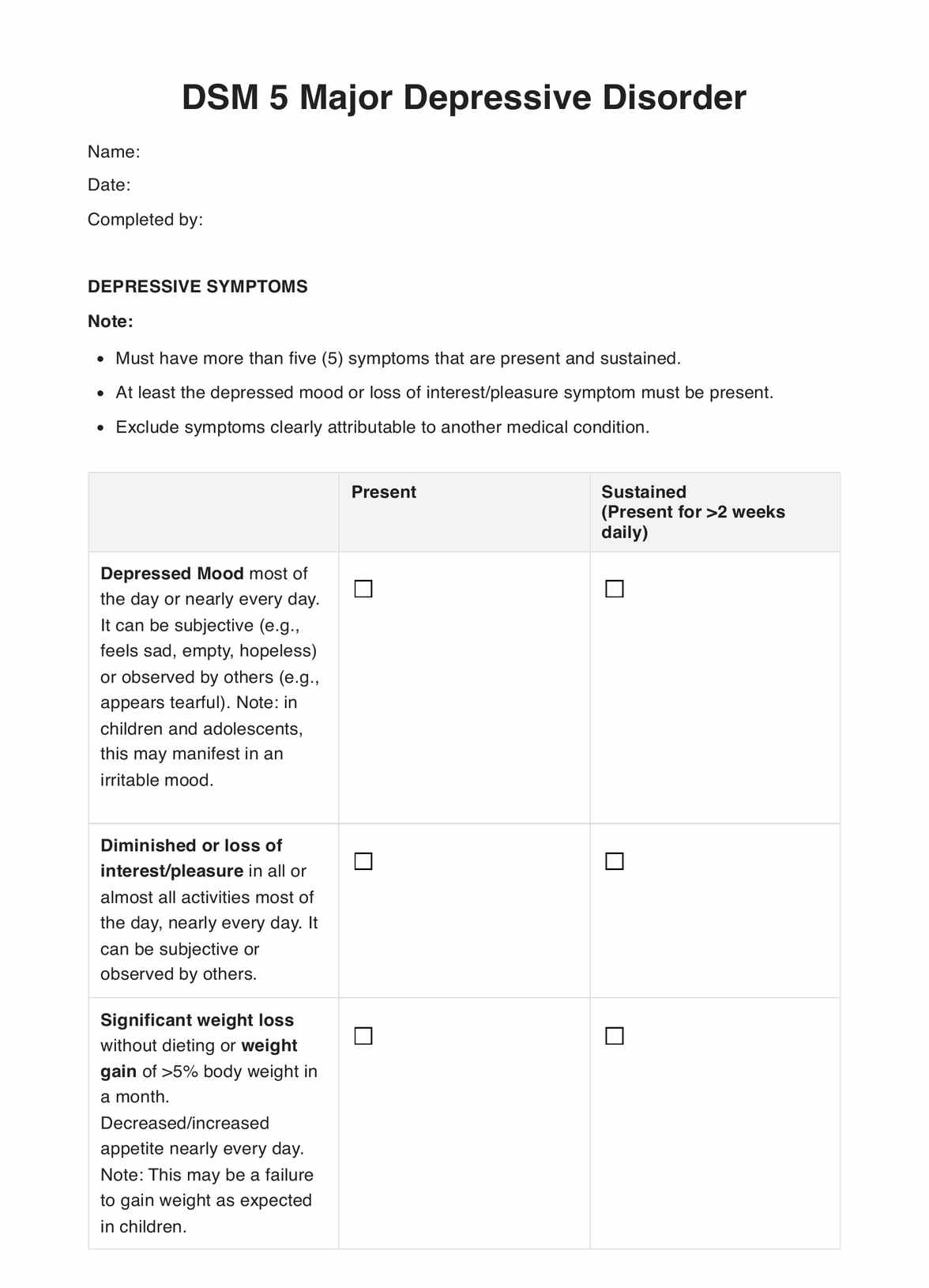
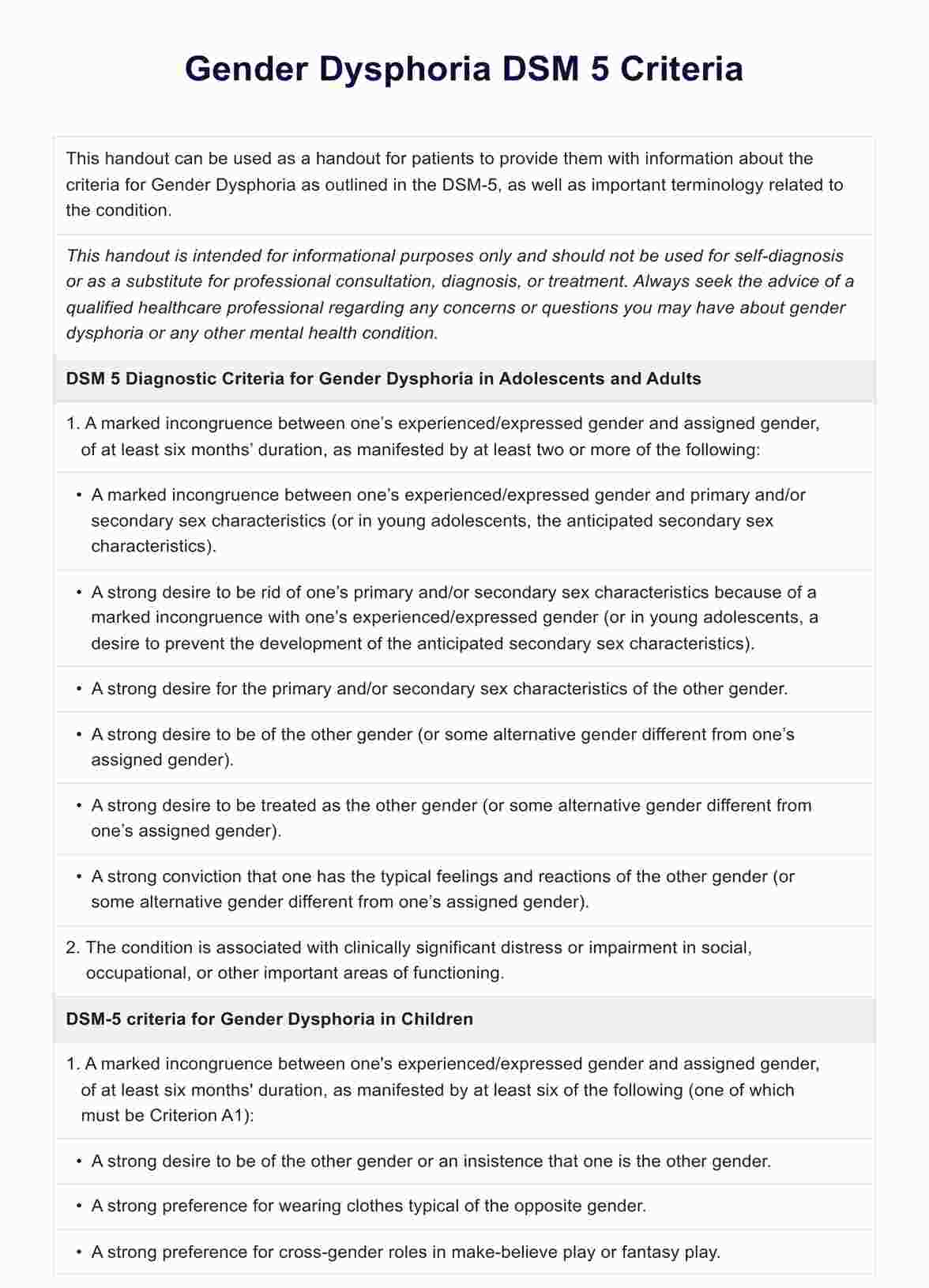
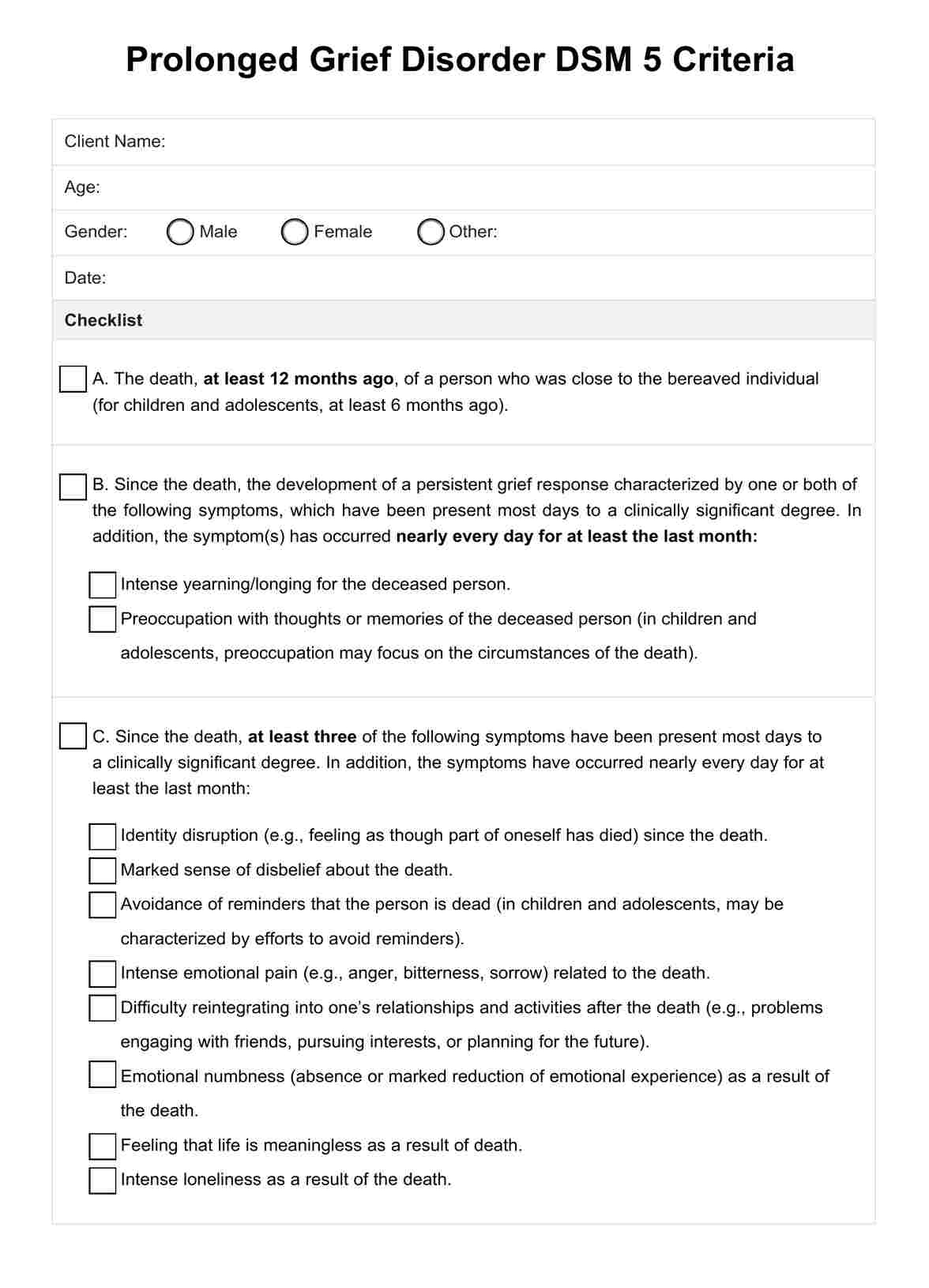
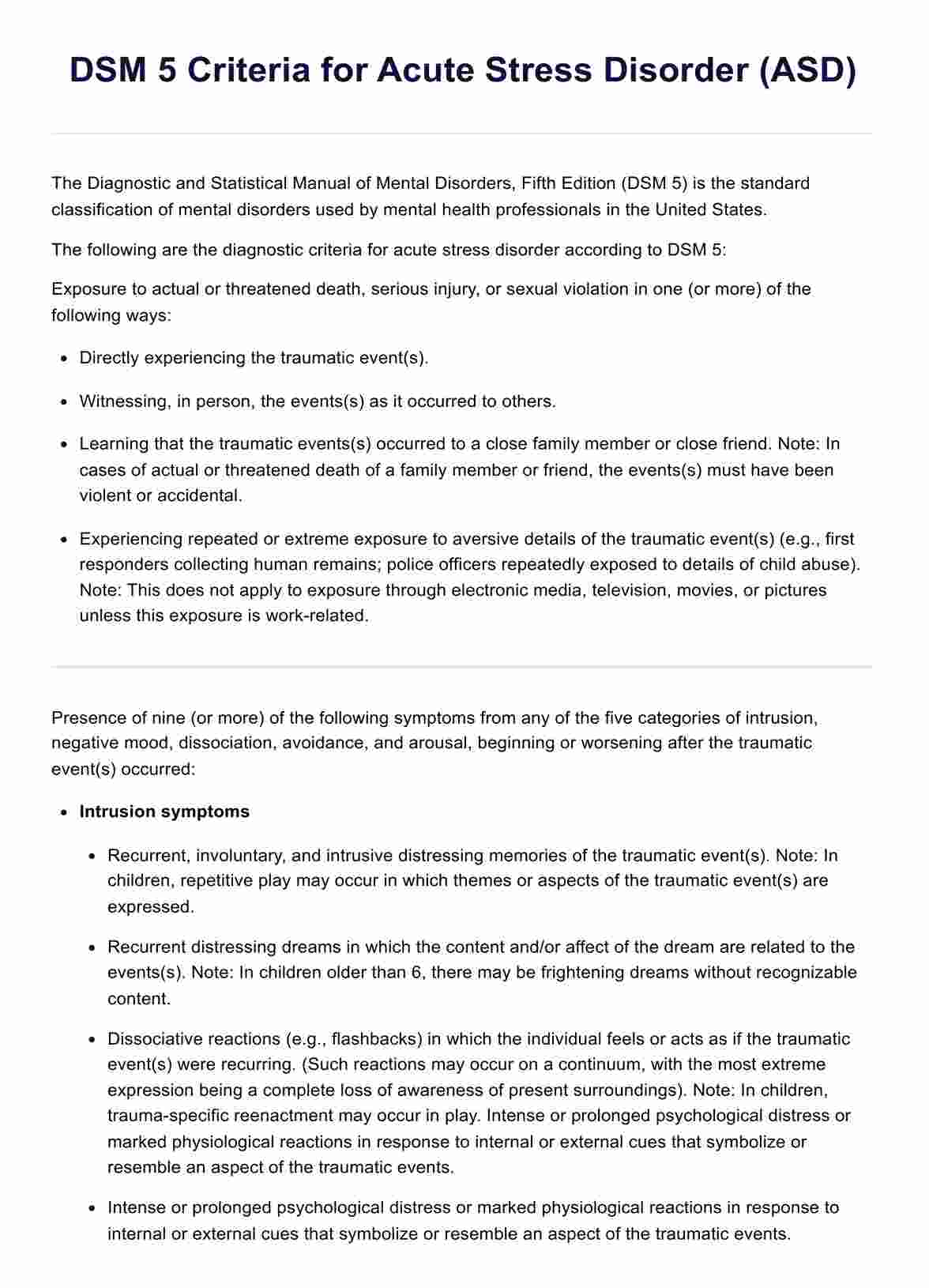
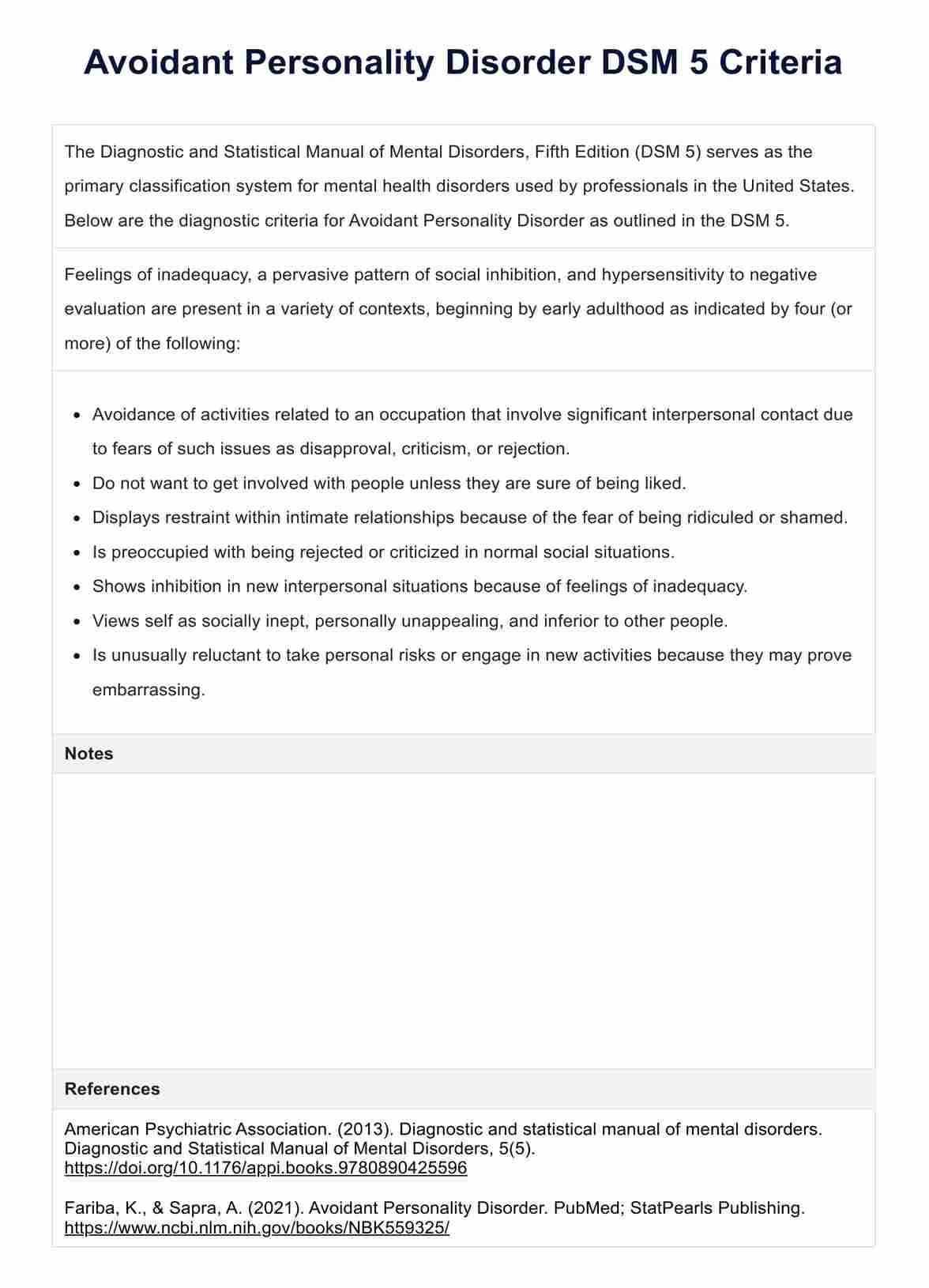
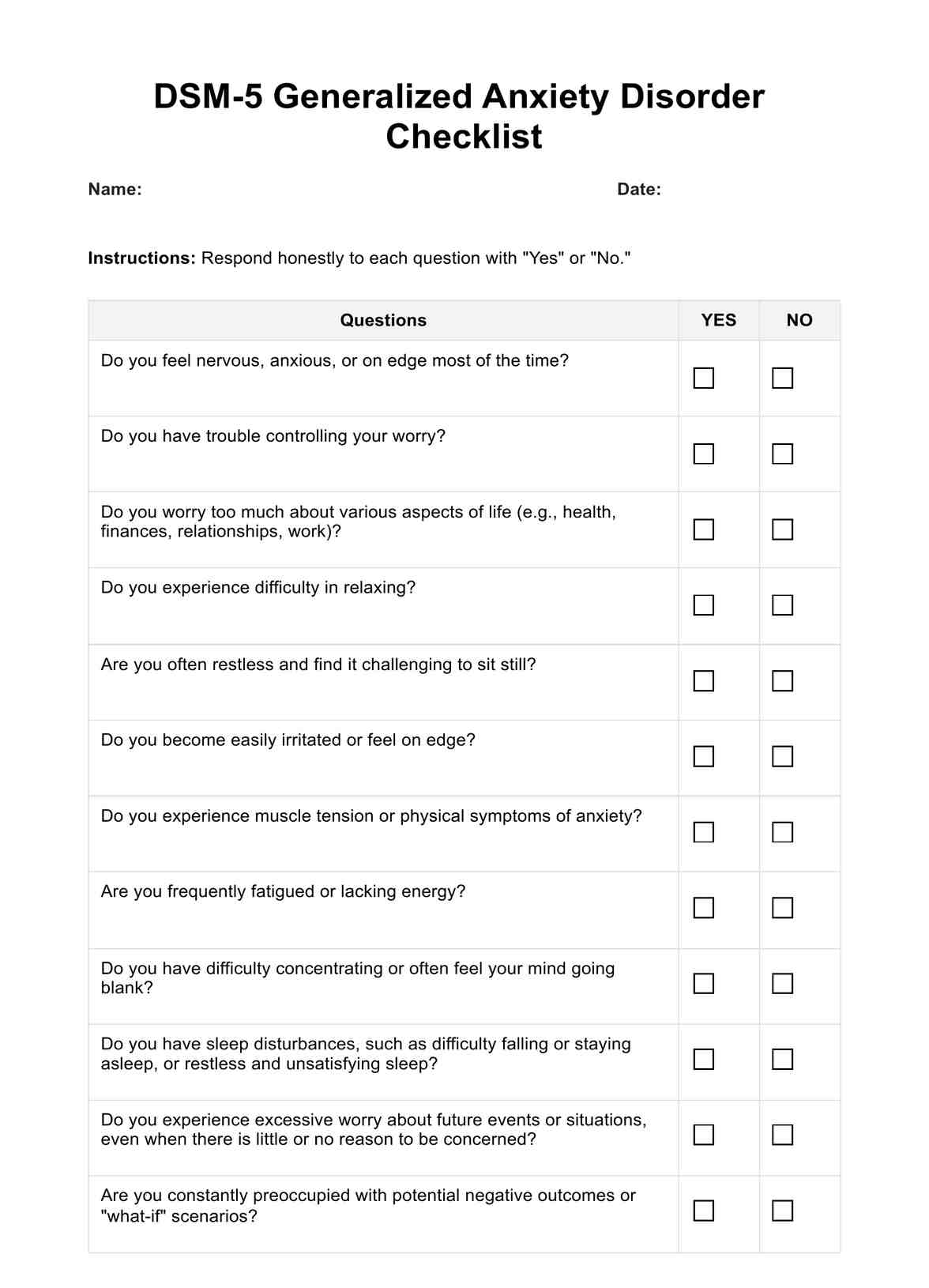
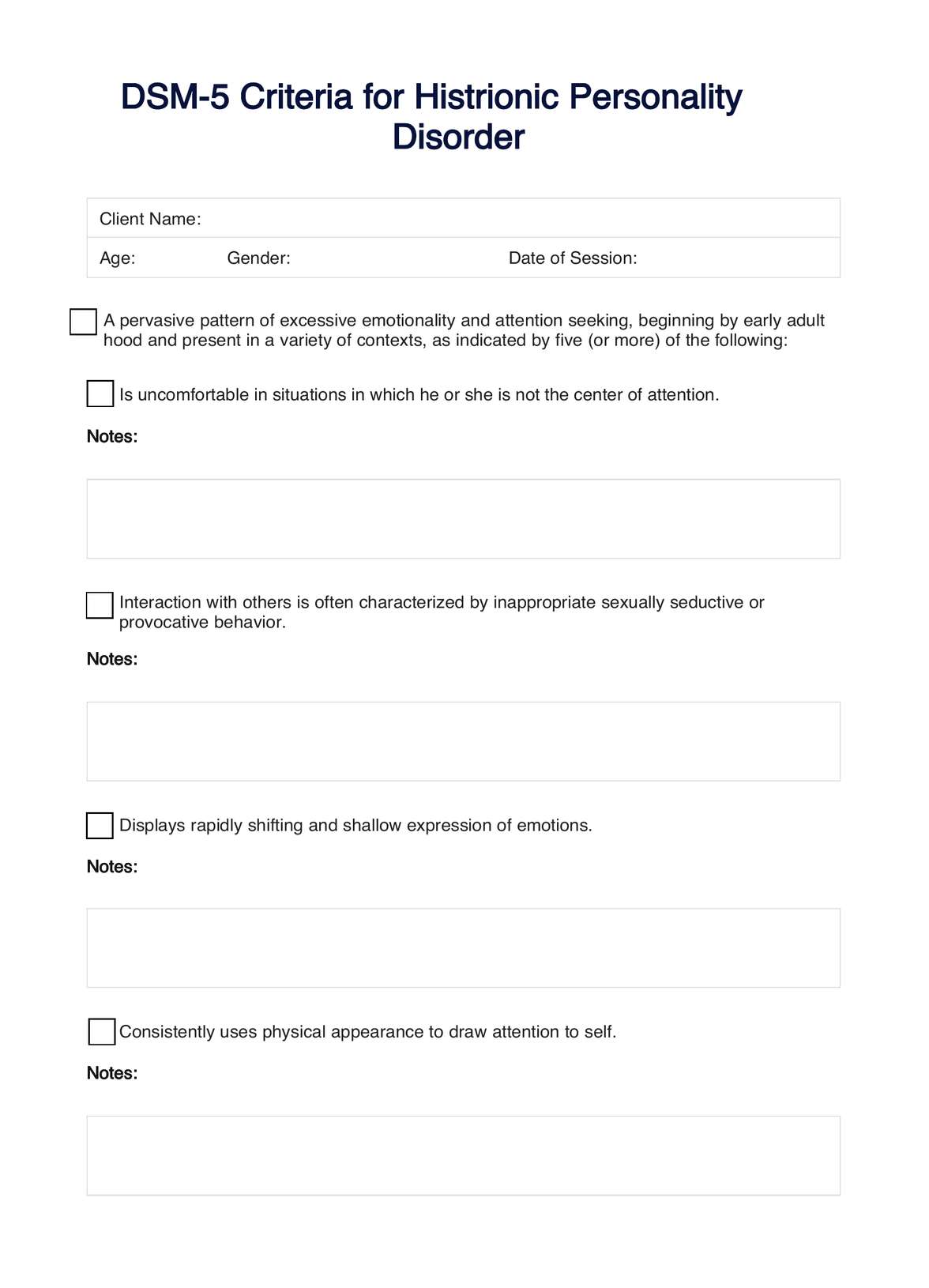
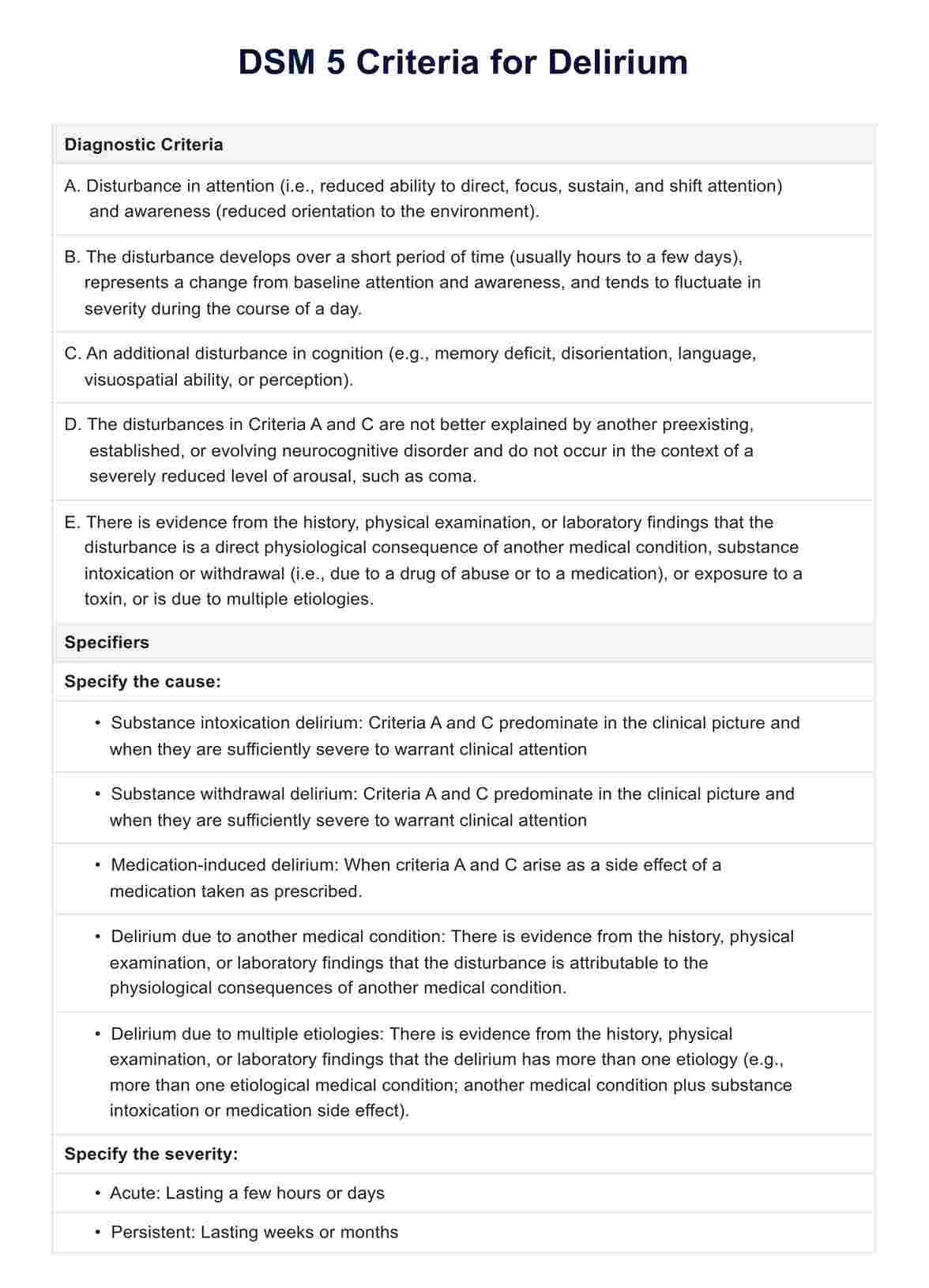
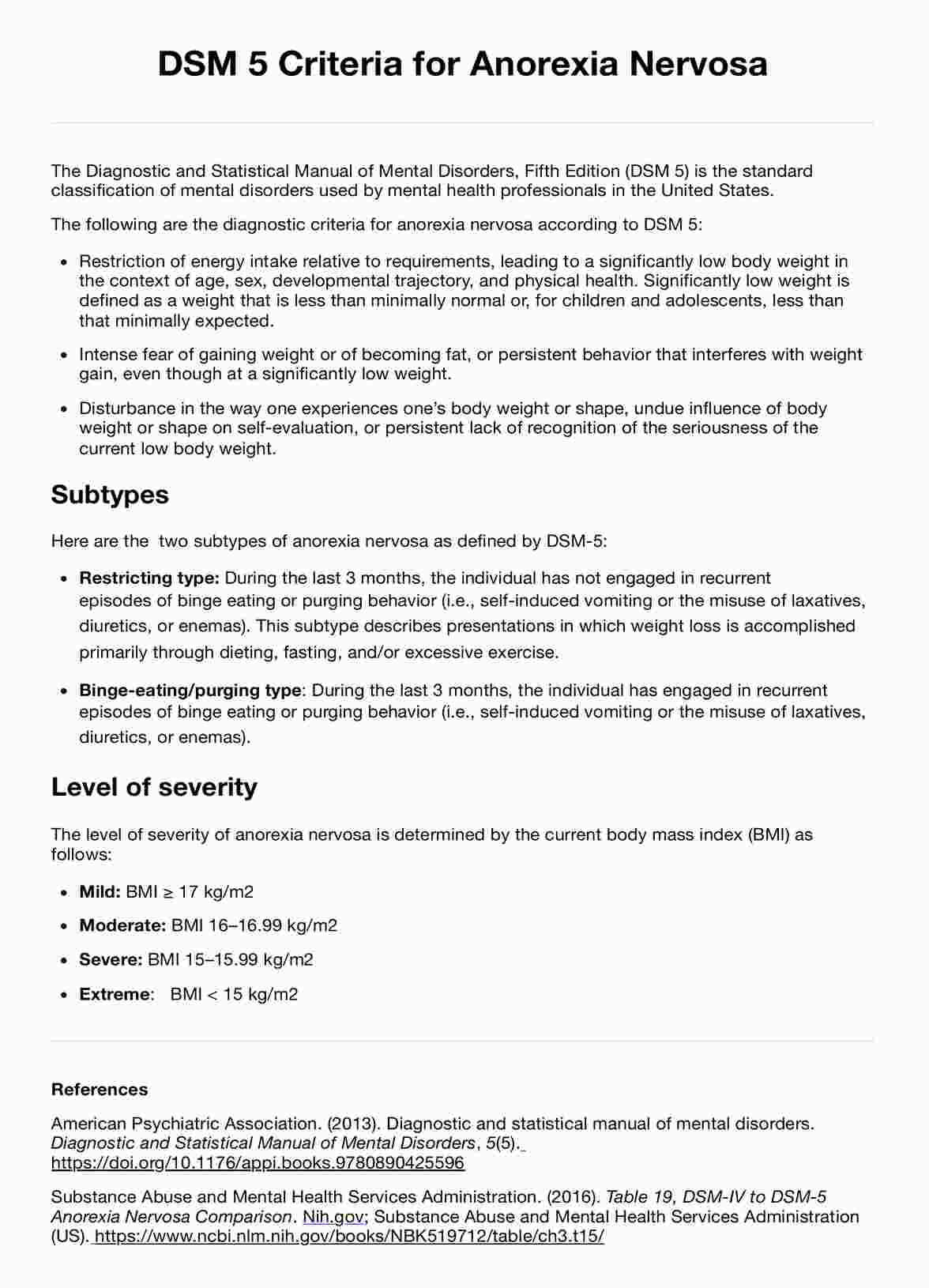
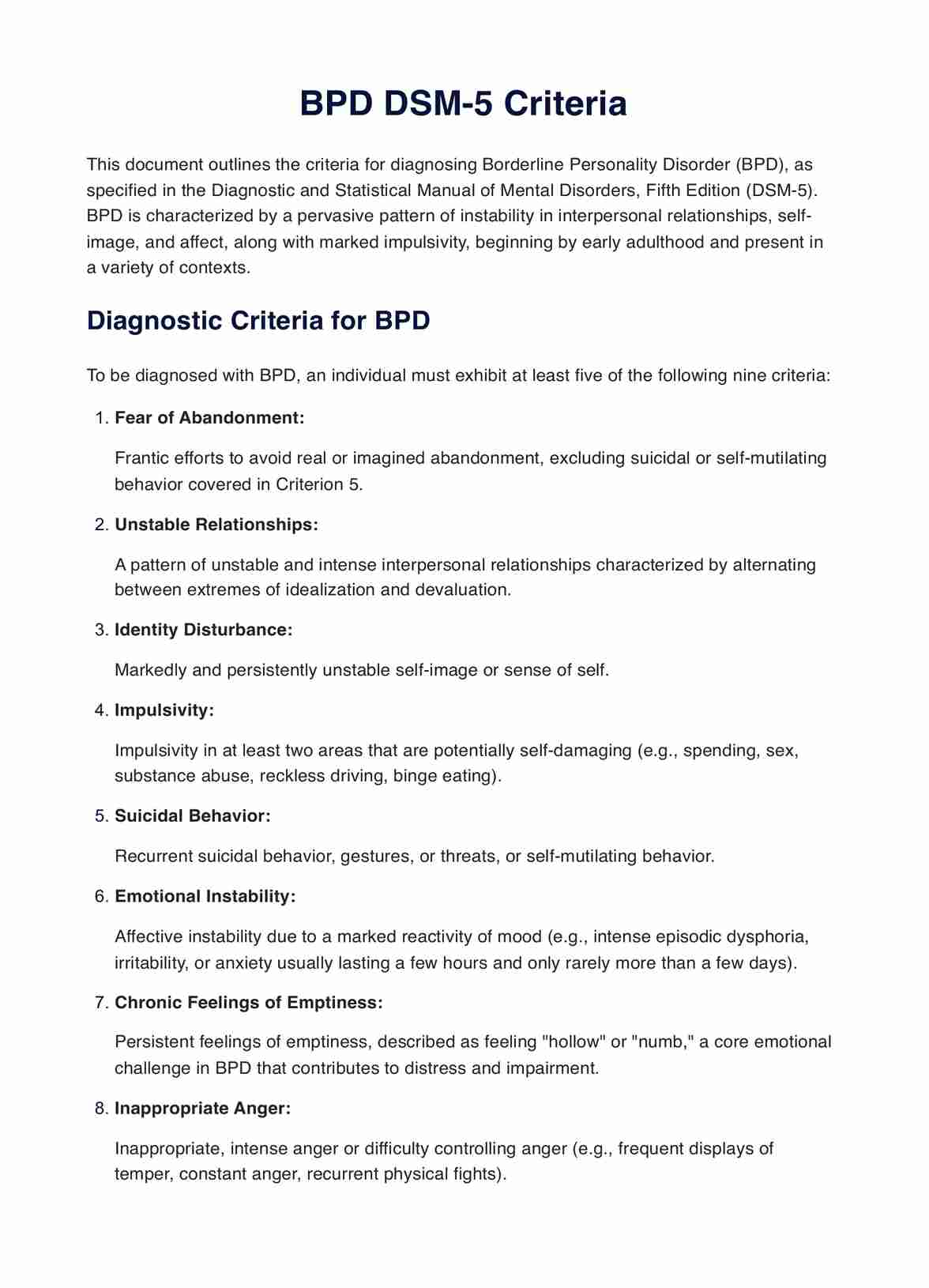
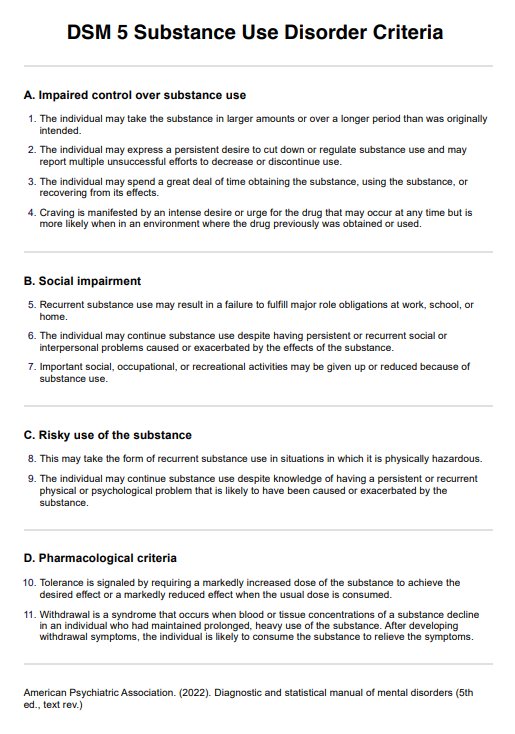
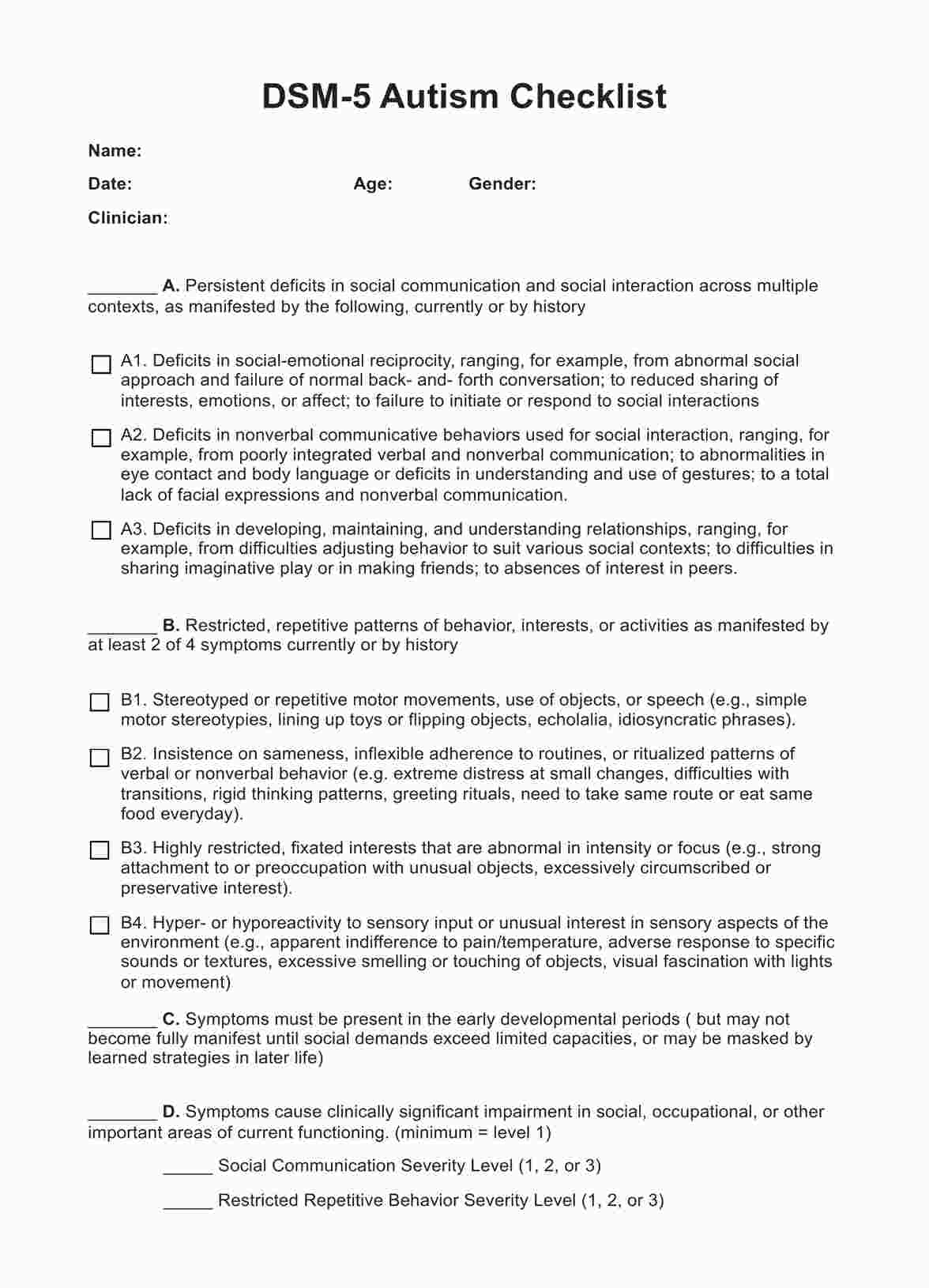












-template.jpg)























































































